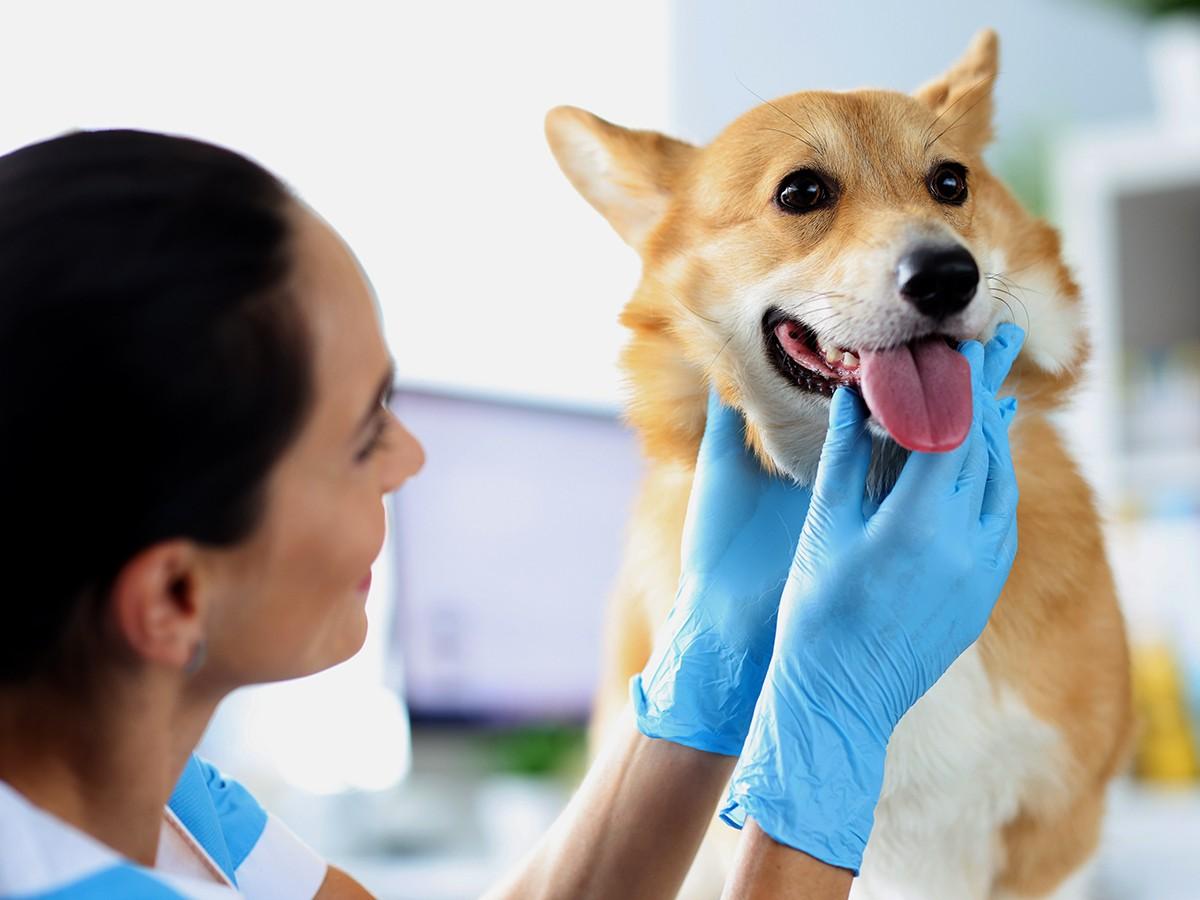Dogs are not exactly Olympic athletes when it comes to grace. If you observe a dog’s knees from the side, you’ll see that it’s constantly at an angle of around 110 degrees. Because of this bending, the ACL inside the knee joint is always under tension and more prone to tearing. These daredevil behaviors make it worse and in some cases can cause knee injuries.
Dogs with a torn CCL (cranial cruciate ligament) won’t be able to walk normally and will go through a lot of pain. Surgery like a TPLO is often needed to fix it. The good thing is that pet insurance plans can help cover the TPLO surgery cost, as long as it is not a pre-existing condition and the condition happens after the waiting period.
Note: Knee injuries leading to TPLO surgery are rarely caused by accidents
Read More: Does Pet Insurance Cover ACL Surgery?
Before getting into the details of it, we feel it is important for us to tell you more about the surgery, its cost, and how much of it you can potentially get reimbursed with pet insurance.
How much Does Pet Insurance cover for TPLO surgery?
With pet insurance, you can save up to 90% of the costs related to a TPLO surgery. It should not be a pre-existing condition, and the waiting period of the policy should be over before the condition occurs in order for pet insurance to be able to cover it.
With Spot Pet Insurance, you can get reimbursed up to 90% of the eligible costs related to blood work, pre-operative tests, prescription diets, alternative therapies like hydrotherapy, and much more.
Read More: Does Pet Insurance Cover Cherry Eye Surgery?
What is TPLO Surgery?
There are 2 two cruciate ligaments inside the knee: the cranial cruciate ligament and the caudal cruciate ligament. Both of them cross each other inside the middle of the knee. It is when this cranial cruciate ligament, or CCL, as popularly known, is torn a TPLO surgery may be recommended. The instability also probably damages the cartilage and surrounding bones, which can lead to osteoarthritis. (1)
TPLO or Tibial Plateau Leveling Osteotomy, was developed by Dr Barclay Slocum around 20 years back. It is not the only option to fix an injured or torn ligament, but it has become one of the most popular surgeries on dogs with a torn CCL. It aims at changing the dynamics of the dog’s/cat’s knee altogether so that the torn ligament becomes irrelevant to the stability of the knee itself. (1)
We could go into full detail about how the surgery is performed as well, but we know that you’re not here for that. And there’s a reason you didn’t choose to be a vet, right?
Is TPLO Surgery Done in Cats as Well?
Yes, TPLO surgery can be performed on cats with a torn CCL as well. However, it is not as commonly done in cats as it is in dogs. Instead, a prosthetic ligament substitute is preferred as there is more evidence of success in it. (3)
What is the Cost of TPLO Surgery?
The average cost of TPLO surgery ranges between $3500-$5500. (3) It can vary depending on the complexity of the case, your location, the type of facility you choose, and the vet’s experience. The total cost will also include things like pre-surgery blood work, anesthesia, anesthesia monitoring, and pain medications. (3)
What are the alternatives to a TPLO Surgery?
While TPLO has gained popularity, it is not the only option to cure a torn ligament in dogs. The vet may recommend other options like a Traditional Extracapsular Lateral Suture Technique, Tightrope Technique or Tibial Tuberosity Advancement (TTA Surgery). (2)
The feasibility of the procedure depends on several factors as follows –
Age and size of the dog
Temperament (calm or hyperactive)
After surgery care
Joint problems like arthritis, if any
And of course, your budget.
What is the aftercare needed after TPLO?
A good aftercare post-surgery ensures better and faster recovery in dogs. It generally includes – (4)
Week | Activity |
Week 1-2 | - Massage: Muscles in the front of the thigh, above the kneecap |
- PROM (Passive Range of Motion): Flex the knee with mild pressure, creating a bicycle-like motion | |
- Ice pack: 3 times daily for 5-10 minutes for 3 weeks after surgery | |
Week 2-5 | - Leash walks: 5-10 minutes, two times daily |
- Underwater treadmill: If the incision has fully healed | |
Week 6-8 | - X-Rays |
- Leash walks | |
- Incline walks on a hill or slope | |
- Stairs: 5 to 10 flights, 2 times daily | |
Week 9-12 | - Faster walks |
- Runs, but without sharp turns | |
- Gradual return to full activity | |
- Reevaluation with the surgeon |
While you can perform some of the above at home, you may need professional services for others. It is also important to keep reevaluating with the vet to check the progress.
More about Spot Pet Insurance
Dog Insurance can help provide financial assistance for eligible veterinary care in case of unexpected accidents, illnesses, or injuries. Our plans can help pet parents manage the eligible costs of covered veterinary care and help ensure that their pets can receive the best treatment possible. Here are some ways that Spot pet insurance plans can help:
Covers Unexpected Veterinary Costs: Spot pet insurance plans help cover the eligible costs of unexpected veterinary treatments, such as emergency surgeries, X-rays, and prescription medications for covered conditions.
Customizable Plans: Choose your annual limit, reimbursement rate, and deductible from a range of options, and create the plan that will fit the needs of your pet and your budget.
Peace of Mind: With Spot pet insurance plans, pet parents can know that they can provide the best care for their pet with less worry about the cost.
To learn more about Spot Plans or to get a free quote, click here.

With 10 years of experience as a pet parent, I aim to empower pet owners with insights into pet insurance and maintaining their pet's well-being. I aspire to be a trusted source, combining knowledge with a commitment to the welfare of our beloved pets.

With 15 years as a dog and cat parent, my pet articles are a mix of humor and firsthand experience - proof that the best stories often come with paws and purrs.
Tibial Plateau Leveling Osteotomy (TPLO) | VCA Animal Hospitals. (n.d.). Vca. https://vcahospitals.com/know-your-pet/cranial-cruciate-ligament-repair-tibial-plateau-leveling-osteotomy-tplo
TopDog Health. (2023, February 8). TPLO for dogs | TopDog Health. https://topdoghealth.com/library/orthopedic-surgery/articles-surgery/tibial-plateau-leveling-osteotomy-tplo/?srsltid=AfmBOopDApyxxPHWW7_ETwGBSr11k6yWNFGsy3ueYlvlsNjBVzCYZ8pL
Manchester Veterinary Specialists. (2017, May 31). Cranial Cruciate ligament Disease (FELINE) | Manchester Veterinary Specialists. https://www.mvsvets.co.uk/pet-owners/cranial-cruciate-ligament-disease-feline/
TPLO Aftercare for Pets | Veterinary Specialty Center. (2024, October 31). Veterinary Specialty Center. https://www.vetspecialty.com/specialties/rehabilitation-and-integrative-care/tplo-aftercare/












